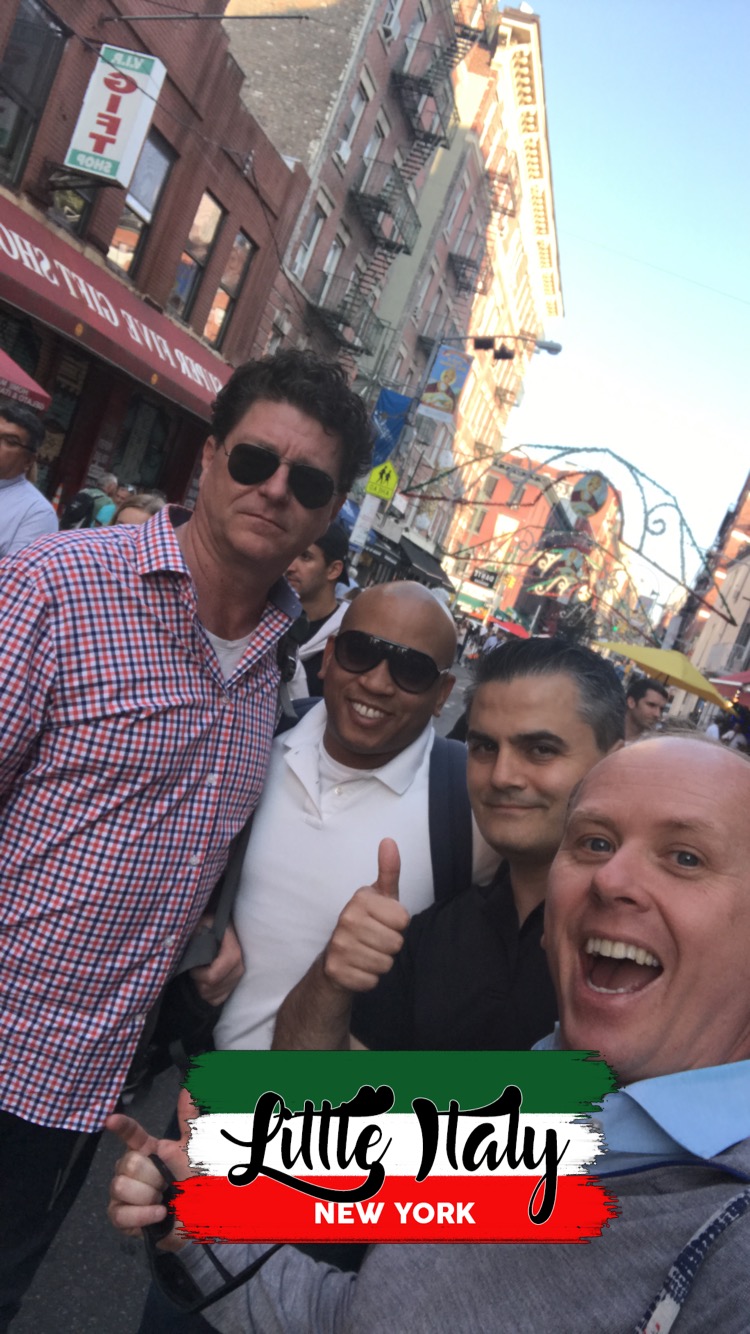We are oftened asked to explain in simple terms what Google’s Rank Brain Algorithm is. And that means without the words ‘machine learning’ or ‘artificial intelligence’. Let’s speak plainly. Google wants to predict what humans will search for. What their intent is while they are searching and the next search you are thinking of. Not while you’re typing the search query into Google but before you have thought about it. Like pre-empting you the way your Mom, partner or best friend can. You know what I mean?
One way to do this is to ensure you’re writing relevant content. Sounds simple right. Except it requires you to get behind or inside the thought process of your customers. Start by creating personas, asking what your customer segments desire, dislike, fear and are concerned about. This creates questions that your content can answer. Content that is indexed by Google’s machine learning and artificial intelligence technology called ‘Rank Brain’. Makes sense right? They want to rank your brain and put a cognitive predictive sequence in place on what your brain wants to know as you search.
One of our global clients who understand this Google algorithm is Wise-Sync. Wise-Sync synchronises accounting data between ConnectWise and cloud accounting software Xero and Quickbooks Online. By creating content that targets their audience explaining the operational efficiency of automating cloud accounting and improving cashflow by using their technology shows, Wise-Sync suggest to Google they understand the thought process of their clients.
Like most things in search engine content and technologies, the answer maps back to human behavior and the importance of relevant content for the user’s intent when searching.

